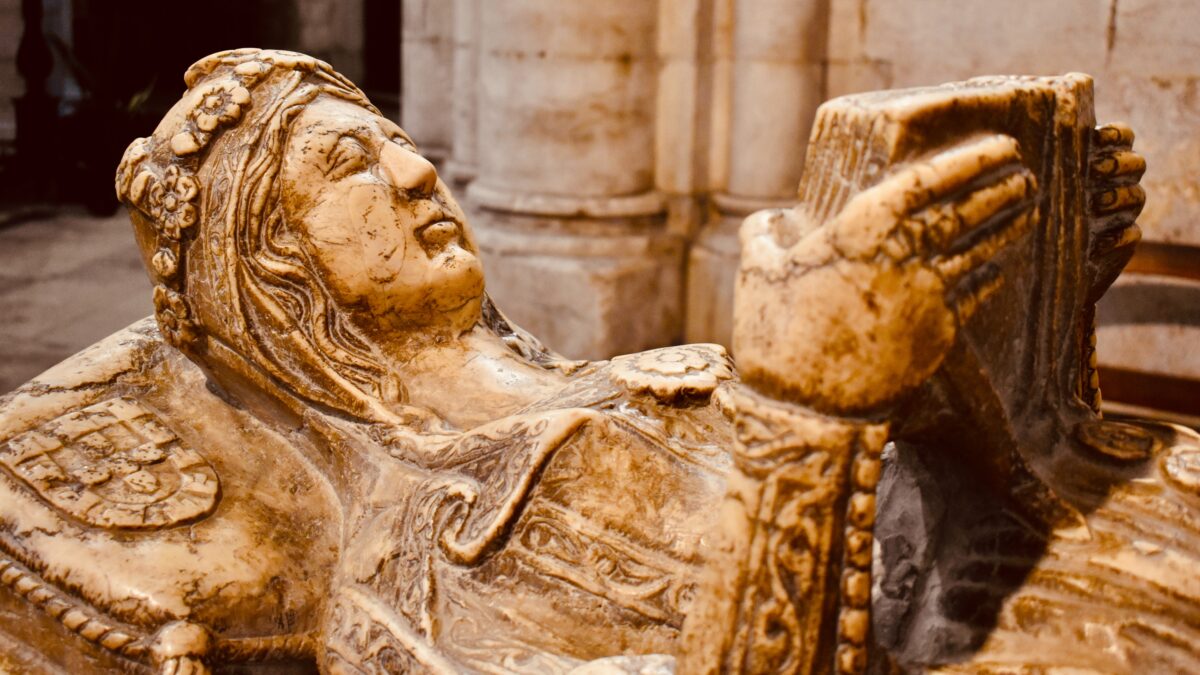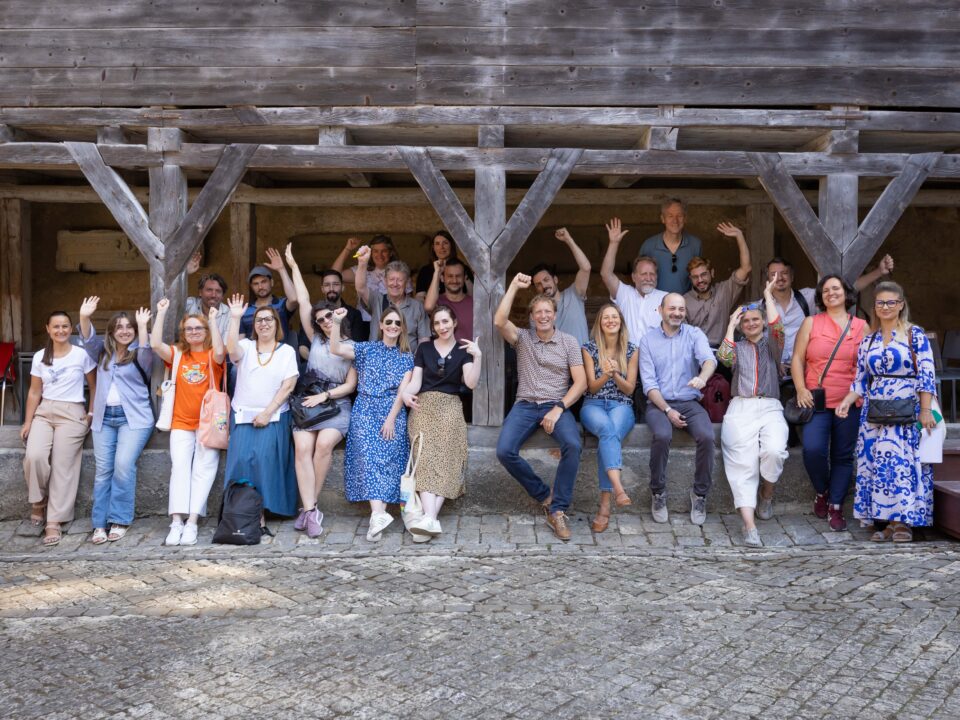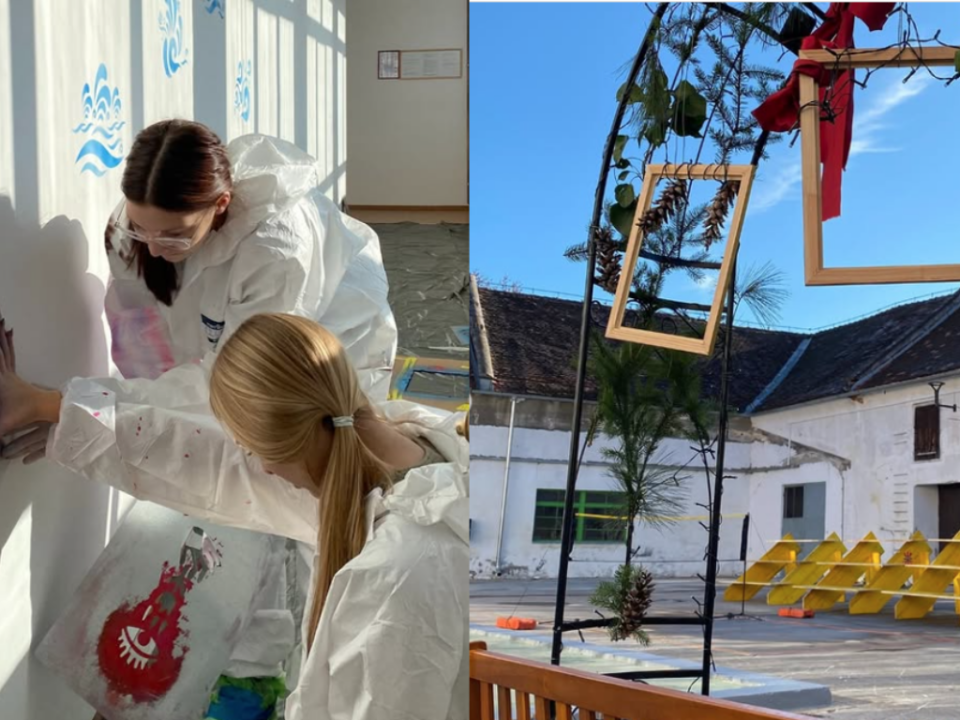

Each Historic Urban Area has its own unique character. In HUB-IN, we believe that innovation and entrepreneurship can spark regeneration that preserves the unique social and cultural identity of a place. We use the lens of entrepreneurial ecosystems to understand the ‘ingredients’ that can generate innovation and entrepreneurship in this specific urban context.
What is an entrepreneurial ecosystem?
An entrepreneurial ecosystem is a complex set of local conditions, made up of the different actors, institutional factors and resources, that affect entrepreneurship within a certain place. In a heritage-led entrepreneurial ecosystem, different initiatives take shape that see heritage as a core asset. HUB-IN has built a framework that sets out a range of ingredients that help to foster and maintain innovation and entrepreneurship in Historic Urban Areas. These ingredients include: (tangible and intangible) heritage, physical (and digital) infrastructure, marketplace/demand, support organisations, human resources, knowledge, finance, and leadership. Next to these ingredients, the urban culture, the entrepreneurial culture, (formal and informal) networks and the presence and priorities of formal institutions all influence the way in which the available resources are mobilised, combined and employed. We call these four elements the cultural and institutional arrangements of the ecosystem.
Learn more about the HUB-IN framework here
Just as a unique character, the set of resources, people, organisations and existing infrastructures each Historic Urban Area can draw on is also unique. A heritage-led entrepreneurial ecosystem will thus look, and act, different in every town and city. However, in understanding the main components of the local ecosystem, and the effect individual initiatives have on it, the direction of development can be influenced and momentum for heritage-led regeneration can be created.
What are the key elements to achieve heritage-led regeneration?
In our new report on Entrepreneurial Ecosystem in Historic Urban Areas, we have looked at this. Based on an analysis of the first 80 cases collected in the HUB-IN Atlas, we find that next to the heritage utilized, physical and digital infrastructure, networks, leadership and finance are key elements to realize heritage-led regeneration.
A vibrant Historic Urban Area is one where people like to spend time. A well-functioning, accessible and interesting physical environment attracts people. At the same time, an easy-accessible digital environment can also help people to meet and exchange ideas. Evaluating how the physical and digital infrastructure in your Historic Urban Area influences the flow of people and activity, and where improvements are needed, can lay the foundation for other activities to take shape.
Networks provide people with formal or informal opportunities to meet. Ideas and resources move through networks, making them key for coming up with innovative ideas and realising them. For urban regeneration, networks should have a strong basis in the local area. This to represent local needs and interest. They can also span across local boundaries, to access (new) resources and ideas from a regional, national and/or international level. Finding out what networks exist in your own Historic Urban Area, and where you can foster new connections, can improve the flow of ideas and resources in your local heritage-led entrepreneurial ecosystem.
Leadership can drive action. Through a shared vision or common goal, momentum for collective action is created. Different stakeholders can take on a leading role. Considering how people in your Historic Urban Area, including professionals, entrepreneurs, and community members, can be facilitated to put ideas into action can stimulate new developments.
Last, but not least, Financial resources enable the execution of activities. Important questions to reflect on for one’s own heritage-led entrepreneurial ecosystem include the following: Which financial resources are available in your ecosystem? And which stakeholders have access to these? How can different types of financial resources be combined? The HUB-IN Business and Financing Models Guide can also provide inspiration on how to deal with this on an initiative level.
Different approaches are possible
Another key finding of our analysis of Atlas-cases is that the way in which ecosystem elements are accessed and used depends greatly on the type of stakeholder that mobilizes them. For example, successfully attracting finance can be done in different ways, ranging from big public investments to a successful crowdfunding campaign. The dynamics per element are strongly influenced by the type of stakeholder taking the lead within an initiative. Based on this idea, we distinguish three main approaches to heritage-led regeneration: a public approach, an entrepreneurial approach and a community approach. We also see eight combinations, in which more than one approach is utilised within an initiative, resulting in 11 approaches in total.
Each of these approaches to heritage-led regeneration has its own strengths and limitations in terms of contributions to an overall urban heritage-based entrepreneurial ecosystem. For example, public-private partnerships might be able to mobilize (financial) resources for large-scale regeneration projects that draw on tangible and/or intangible heritage. Such initiatives can contribute to improving the physical (and digital) infrastructure of a Historic Urban Area, and lay the foundation for the creation of new markets and/or economic activities (demand), knowledge generation, and entrepreneurial activities. However, because the local community is not necessarily directly involved as a stakeholder group, this approach has limitations in creating, and distributing value, to community members. Making sure that next to public-private partnerships, your local ecosystem has initiatives that focus on the inclusion of community members in decision making processes can help to overcome this limitation.
It should be noted that if there are challenges or barriers in one of the (key) elements of your local entrepreneurial ecosystem, it can still function: the different approaches we have distinguished show that there are multiple ways in which heritage-led regeneration can take shape. Cases in the Atlas show that even in weak or challenging financial and/or governance situations, different approaches can still be used to ignite heritage-led regeneration. This does not mean that public parties or financial providers should not bother about heritage-led regeneration; they are still important partners for a healthy ecosystem. Yet, building an urban heritage-led entrepreneurial ecosystem takes time, and starts at the scale of individual initiatives.
No one size fits all…It’s up to you!
Through small scale positive outcomes, momentum for the development of ensuing initiatives is created. In that way, a heritage-based entrepreneurial ecosystem slowly takes shape. In the end, there are different ways to Rome (or should we say ‘different ways to regenerate Rome’?). It is up to you, together with other people in your locality, to utilize the unique characteristics of your Historic Urban Area to make this happen!




